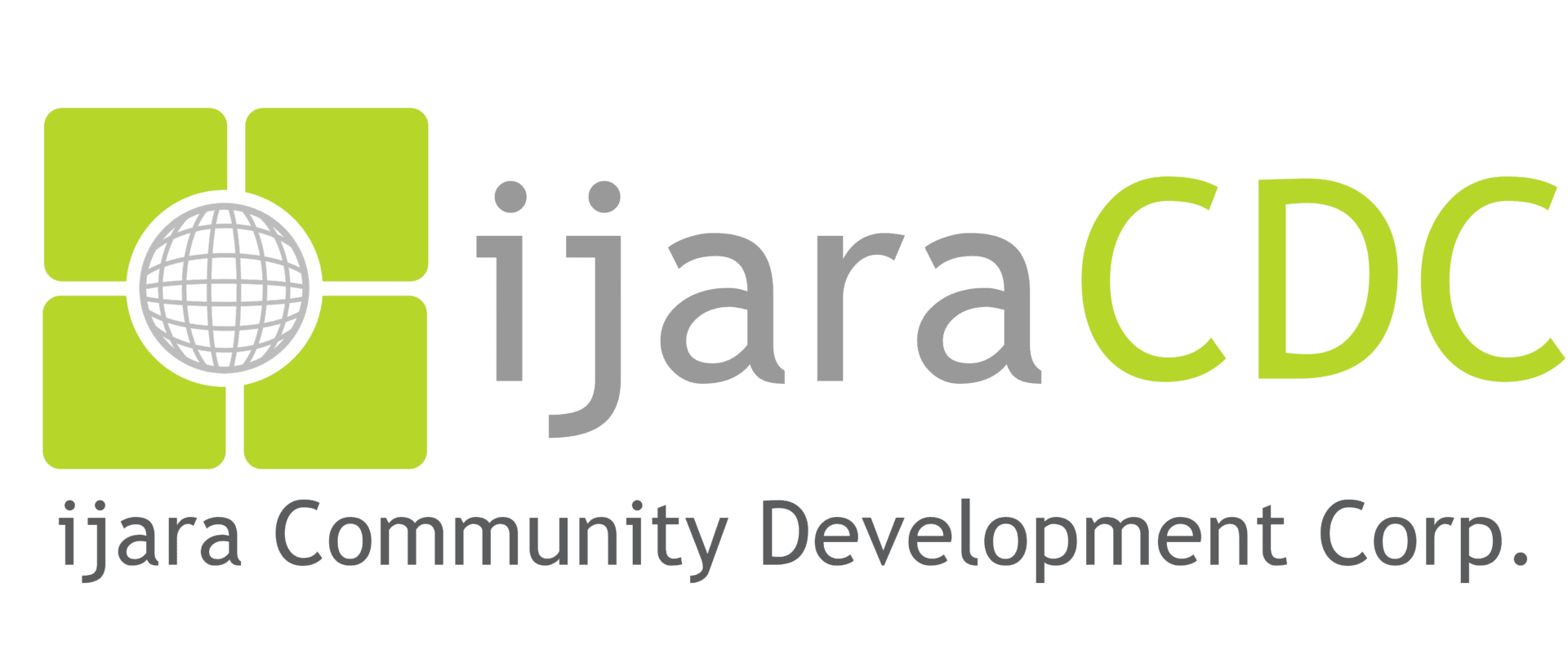Ijara Financing—The Different Types of Ijara Contracts
In the Islamic banking lexicon, “Ijara” means to rent something—it may be the services of an individual for which the latter is paid wages or it may refer to the transfer of right to use and enjoy the profits and/or benefits of some property or asset(s) to another individual in return for a specified amount of rent. Ijara contracts in recent times have come to be widely regarded as having immense potential to aid the short-term needs of individuals and entrepreneurs. The various types of ijara contracts are flexible and are favored by many entrepreneurs and business managers who wish to enjoy the freedom of being able to upgrade manufacturing equipment as and when technological advances demand such steps.
There are four main forms of ijara contracts: the simple ijara, the Ijara-thumma-al-Bay , ijara with Musharaka or Mudaraba, and sale-and-lease back. These ijara contracts vary in their working principles but they are all rooted in the guidelines laid down by Sharia laws.
Simple Ijara (Operating Lease)
Truly the simplest of all ijara contracts, simple ijara, is a form of operating lease agreement where the owner of the property or the asset continues to exercise ownership rights, bears the maintenance costs of the assets, and also bears the risks incurring from its use. It is a short-term contract where the lessee can break free from the arrangement any time he wishes to, albeit after furnishing a prior notice. The entire cost of the equipment or the asset is not amortized during the initial period of the agreement.
In its most basic form, the operating lease contract involves a bank that leases an asset or some property to some individual or some business entity and in turn receives some pre-determined amount of rent at intervals specified by the contract. According to Sharia scholars and Islamic banking analysts, this is the purest of all forms of ijara contracts because it is closest to the ideals set down by the classical form of the ijara agreement.
There can be other subtle variations of the simple ijara as well. Simple ijara is mostly used when the assets involved are expensive and subject to quick technological upgrades, like aircrafts, ships, heavy-duty industrial and agricultural equipment & machinery. In real estate transactions it is possible to have triple net leases where the cost of the taxes, insurance and maintenance is passed along to the tenant.
Ijara-thumma-al-Bay (Lease-Sale or Financial Lease)
This is one of the most commonly entered-into of all ijara contracts and is preferred by businesses who seek finances to fund their buys of equipment, machinery, and some forms of fixed assets such as land and buildings. These form of ijara contract shares many points of similarity with the conventional form of the financial lease agreement.
Here the lessee has the option to buy the asset or the piece of property for which he had been paying a specified amount of rent, at the end of the contractual period, at a pre-fixed price. This type of contract presents a convenient situation for both parties and hence is one of the most popular of all ijara contracts. Although the bank basically funds the buy of the asset or the property, it still gets to earn some money out of this contract, by way of the rent. The lessee, on the other hand, is not only able to use the asset without having to pay its full price all at once or bear the risks during the leasing period, but also can become its owner after the contract terminates.
This is probably the most intriguing of all ijara contracts. This form of contract is similar to the Ijara-thumma-al-Bay in that it also has an option where the lessee can buy the asset or the property at the end of the leasing period.
One of the most-preferred forms amongst all ijara contracts in the realm of housing finance, in the ijara-Musharaka or the ijara-Mudaraba pairing, both the parties contribute to the equity of the partnership in a certain pre-determined ratio. The bank however, functions as the agent-cum-manager in this association. After the property has been bought, the bank leases it out to the customer in return for a rent, the amount and interval of pay of which are specified in the contract. This rent is actually payment by the customer to buy out a portion of the stake of the bank in the property. So there comes a time in the contract period when the bank’s stake comes down to zero and it ceases to be the owner of the property.
Sale-and-Lease Back
Ijara financing has come to be regarded as one of the most ingenious banking methods that have ever been developed to meet the diverse and specific needs of a wide range of customers. The sale-and-lease back agreement is probably at the forefront of all ijara contracts that promise quick-fix and simple solutions to those in need of ready money.
In this agreement, the individual in need of immediate money sells an asset or a property it owns to the bank. He then leases it back for some specified period of time and pays the bank rent for use of the asset. The bank however, now owns the asset; at the end of the contract period, it transfers the right of ownership to the customer.
Flexibility, ease-of-operation, and the transparency in the transaction processes are the hallmarks of these ijara contracts. Thus it is not surprising to understand why these various forms of ijara contracts have found multiple and widespread use in not only Islamic countries but also in the United States.

